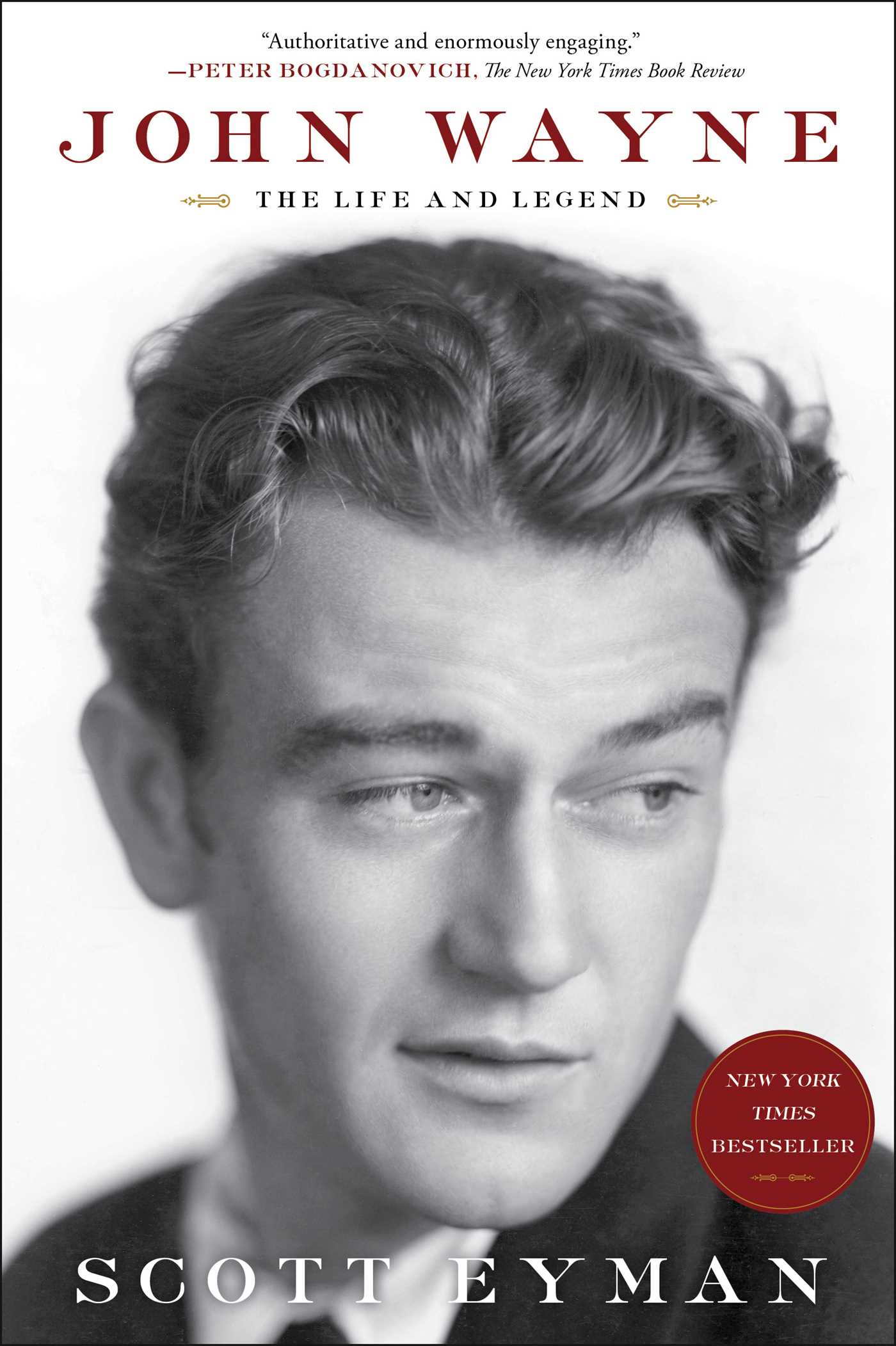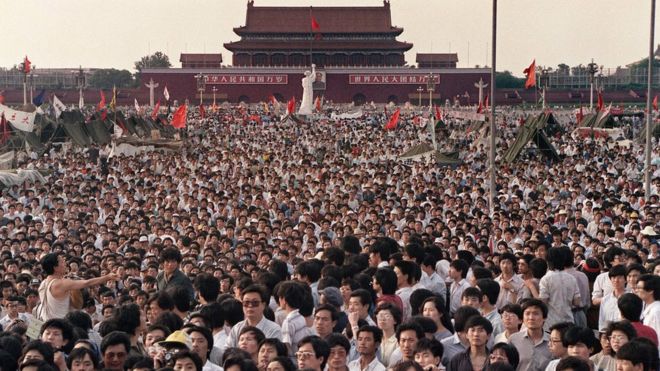
I chose to call this blog “first principles” because I
wanted to write pieces that break down ideas to their constituent parts. I admit
it’s a big task. So far a lot of my stuff is sports and personal running
goals. The blog has gotten pretty far afield since I started. I like to write
light hearted stuff too, it’s a lot easier. But the idea of drilling down into
core beliefs still appeals to me. I like the idea of thinking with first
principles in mind.
I think the Cambridge English dictionary’s description is
the best: First Principles “The basic and most important reasons for doing or
believing something.”
In any age you need to know who you are and what you
believe. What you believe should come through in the way you live. The core ideas
about human nature and God, original sin and the afterlife come through in our
views on existence. It isn’t intentional all the time but it’s there, running
in the background like an app on your computer.
Here is a first principle: God created the earth and all
life within. People are therefore His creation. Babies are people. Abortion
kills a life that God created. I’m against abortion because the core of my
first principle is that life is sacred because God made it so. It’s a belief
that I link back to the Creation principle. The opposite argument also
constitutes a ‘principled’ belief; there is no God and life is meaningless.
Abortion isn’t a big deal because humans find their own meaning and create
their own morality. Both are ‘principled’ in the strict definition of the word.
Both trace an opinion on abortion back to a rooted value.
We don’t prove or disprove philosophical theories with first
principles. We simply explain where the value comes from. We explain how an
idea came to be. We explain how it runs through every significant view we hold like
connective tissue.
First comes the principle then comes the idea or view. Most
political or philosophical reasoning comes straight from notions on human
nature. I don’t mean that every person who votes for a tax increase to pay for
local schools traces their opinion to Aristotle. But our governments, churches,
schools and institutions have at their core, a view about human nature. Their
functions are an outgrowth of their founding principles.
Our government is
broadly democratic because of the notion that “citizenship connotes responsibility.
Citizenship is tied to the country’s founding and rooted in rights that are
inalienable. Since humans are born with
these rights, the government must recognize them and protect them. Basic democratic
norms begin with the principle that the individual is supreme.
Using first principles doesn’t mean mapping out connections with tacks and string on the wall like every killer in “Criminal Minds”.
It’s more generally a way to think, a method of arranging mental parts.
In the movie Money
Ball Billy Beane (Brad Pitt) has an epiphany about finding value in
overlooked baseball players. He puts together, along with his stat nerd, a list
of players with high on base percentages (OBP) but low batting averages. Low
averages mean they won’t cost the team much. The stats show that getting on
base more frequently equals more wins, regardless of whether by hit or walk. So
he rolled the dice on some bargain players past their prime. He didn’t have a
choice anyway. The A’s had one of the lowest payrolls in the league. The Oakland
A’s finished first that year, 2002. Beane used first principles to get wins by
asking a basic question, how can we get more runs?
I think I envision doing more first principle type writing
when I started the blog. Trying to find the basis for why people think the way
they do has always appealed to me. I don’t always get it right and much of it
is just opinion anyway. But I like to think if you go below the surface just a
bit the image we all see can make a little more sense. In science, literature,
film, religion, philosophy and countless other disciplines applying first
principles helps us think clearer.



